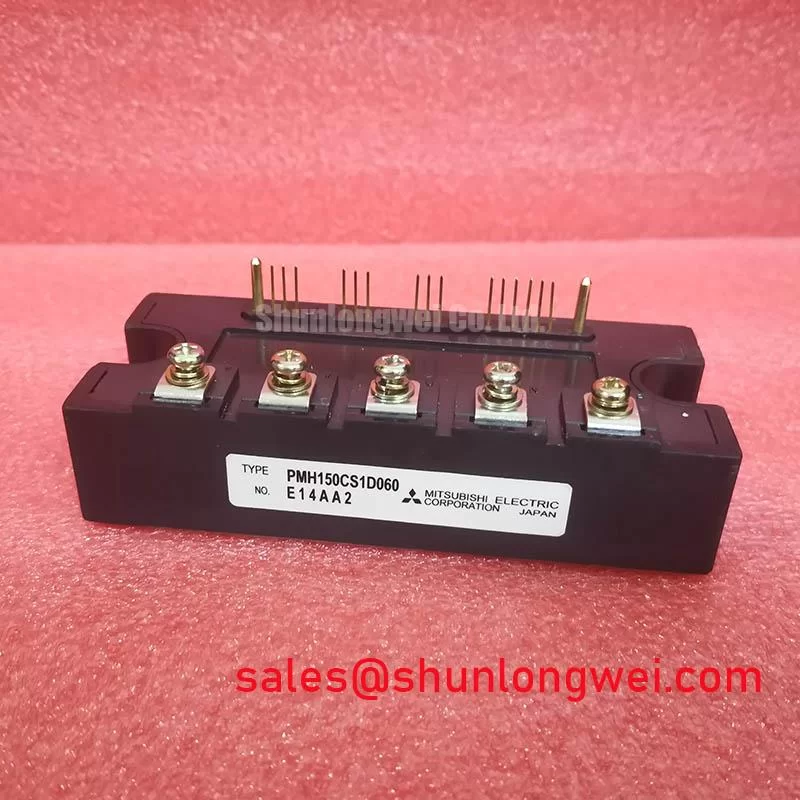In the fast-evolving world of power electronics, the importance of IGBT module comparison has never been more pronounced. As industries transition toward smarter, more energy-efficient platforms—like electric mobility, smart grids, and precision-driven manufacturing—the right choice of IGBT module determines not only the reliability but the long-term sustainability of operations. This article presents a detailed analysis of two prominent IGBT solutions: the PMH150CS1D060 Mitsubishi IGBT Module and the SKKT106/12E Semikron IGBT Module. Our aim: to steer engineers, procurement specialists, and industrial designers through the nuanced factors influencing the high-voltage IGBT application landscape.

Let’s dissect the technical roots of each module before exploring their operational value:
It is clear from the above that both modules serve high-reliability, high-power applications, but the Semikron SKKT106/12E brings to the table a higher voltage ceiling (1200V versus 600V for the Mitsubishi PMH150CS1D060). This enables its use in large AC/DC drives and grid-connected systems, while the PMH150CS1D060’s higher current rating and compact form favor high-frequency switching and dynamic control systems.
The PMH150CS1D060 Mitsubishi IGBT module is especially favored in tight, high-density cabinets where both power and efficiency must be maximized in limited space. Its robust encapsulation and reliable channeling of heat marks it ideal for servo drives and intensive industrial automation equipment, where thermal cycling and vibration pose real challenges.
On the other hand, the SKKT106/12E Semikron, with its emphasis on higher breakdown voltage and remarkable surge current handling, is typically seen in larger-scale installations—such as heavy-duty DC motor control, soft starters, and even temperature management systems in process automation. Its proven use of aluminum oxide ceramic isolation ensures that thermal stresses are dispersed evenly, a critical factor in load cycling environments.
However, while the SKKT106/12E excels in high voltage endurance, the additional complexity in mounting—and potential need for tailored heat sinking—means installation and maintenance can be more demanding than the more plug-and-play focused Mitsubishi module. Ultimately, product selection relies on the balance between required voltage, current, and mechanical constraints.

The IGBT market is currently under the influence of advancements in SiC (Silicon Carbide) and GaN (Gallium Nitride) technology. While traditional IGBT modules like the PMH150CS1D060 and SKKT106/12E remain prevalent for high-power, cost-sensitive segments, the increasing deployment of SiC and GaN devices is transforming standards for efficiency and switching speeds. SiC-based modules, for instance, outperform conventional silicon in high-voltage, fast-switching applications such as electric vehicle inverters and data center power supplies.
International players like Infineon, ON Semiconductor, and STMicroelectronics have recently expanded their portfolios to feature hybrid modules, which improve power density and minimize switching losses. Nonetheless, modules like the Mitsubishi PMH150CS1D060 and Semikron SKKT106/12E—thanks to their field reliability, accessible price points, and established logistical support—remain the cornerstone for projects where cost and legacy integration take precedence over absolute leading-edge performance.
Suppose an engineering team is tasked with upgrading an AC motor soft starter for a mid-sized manufacturing line. In this scenario, the SKKT106/12E would emerge as the favored solution due to its higher surge current capability and voltage rating, essential for managing transient loads and voltage spikes common in starter circuits and process automation.
Conversely, in a new high-frequency industrial inverter application—where compactness, rapid thermal cycling, and service-friendly replacement are prioritized—the PMH150CS1D060 is likely to present the optimal value. The well-engineered package simplifies integration and ensures consistent thermal management, which translates into lower maintenance overheads and longer mean time between failures (MTBF).
At a broader level, the increasing electrification of transportation and industrial infrastructure, such as the growing prevalence of smart grids and renewables integration, is driving the demand for IGBT modules with advanced reliability and adaptable thermal management profiles. The shift toward higher efficiency classes underpins the need for both incremental improvements in established silicon-based modules and breakthrough innovations in wide-bandgap devices.
With the ongoing global realignment of supply chains and the push for localized manufacturing, having access to reputable, well-documented solutions like the Mitsubishi and Semikron modules retains strategic importance for procurement managers and system integrators. This ensures stable lead times and predictable performance as regulatory and market requirements grow more demanding.
In summary, the IGBT module comparison between PMH150CS1D060 Mitsubishi and SKKT106/12E Semikron underscores that true value comes from aligning product strengths with system-level needs. Whether for high-voltage endurance in industrial drives or agile current control in compact inverters, the right IGBT unlocks superior reliability and operational economy in today’s competitive electronic landscape. For a deeper dive into product specifics and availability, explore the dedicated industrial IGBT modules resource page.